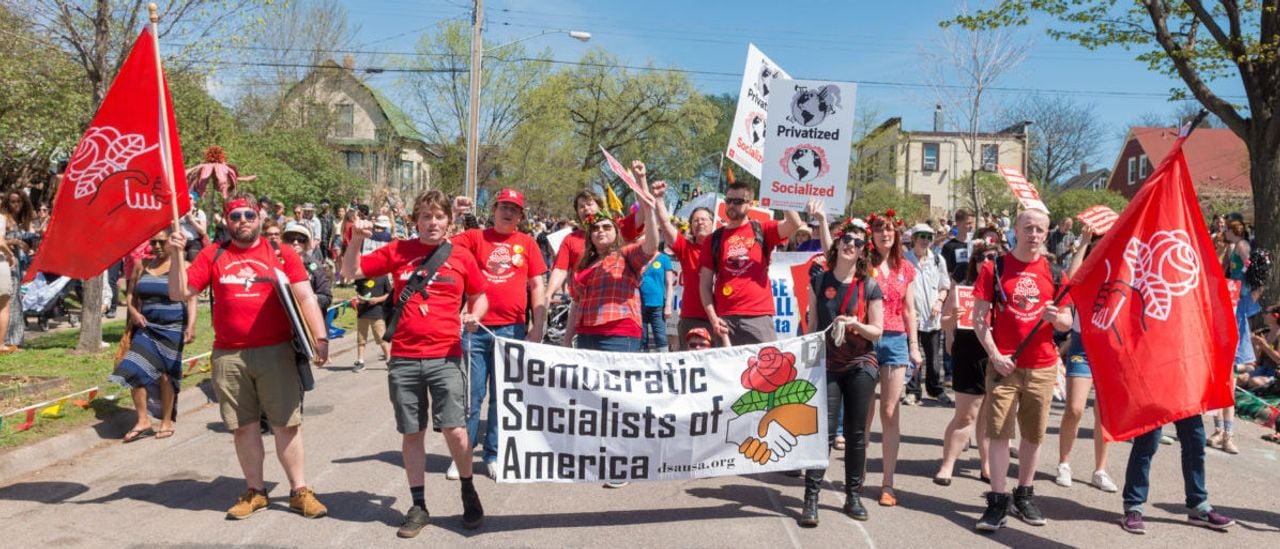By JASON CLEMENS AND STEVEN GLOBERMAN
It’s undeniable that in Western countries including the United States, young people are expressing a preference for profound economic and social change including socialism. But of course, young Americans have never lived in a world with widespread socialism and the misery it creates. In fact, their version of “socialism” has never existed and is unworkable.
According to a 2017 poll, a majority of American millennials preferred to live in a “socialist, communist, or fascist nation than in a capitalist one.” The Feb. 2019 cover of The Economist heralded “The Rise of Millennial Socialism” and featured poll results from Gallup showing 51 percent of people aged 18-29 approved of socialism. And most recently, our new poll indicated that 45 percent of Americans aged 18-24 agree that socialism is the ideal economic system for the U.S.
Critically, however, most polls do not define socialism. Historically, socialism has meant that the state owns or controls the means of production—that is, raw materials, plants, equipment, technology and even the labor needed to turn inputs into goods and services. For those old enough to remember, the economic outcome of such socialism was so bad that the system collapsed under the weight of its own failures and largely ceased to exist after the fall of the Berlin Wall and the dissolution of the Soviet Union in the late-1980s and early-1990s.
Today, however, only 32 percent of Americans in our poll define socialism as government taking control of companies and industries such that the state—not individuals and entrepreneurs—control the economy. Rather, when Americans today express support for socialism, what they really mean is more expansive government. Specifically, 58 percent of Americans define socialism as the government providing more services and 47 percent define it as the government guaranteeing a minimum income for all citizens. Among younger Americans (ages 18-34), those percentages increase to 66 percent and 53 percent, respectively.
Given the support for more government programs and a government-provided minimum income, it’s implicitly clear that higher taxes are needed. But here’s where the preference of those advocating for socialism clashes with reality.
According to our poll, which provided respondents with four different tax options to finance socialism, 66 percent of respondents support a wealth tax on the top 1 percent, by far the most popular tax option, and 54 percent support higher personal income taxes on the top 10 percent. However, when a broad-based personal income tax increase is proposed, support collapses to just 37 percent. And support for a national sales tax, again affecting most Americans, was even less popular at 29 percent.
Put simply, many Americans favoring socialism don’t want to pay for it. High-profile advocates of socialism such as Bernie Sanders, Elizabeth Warren and Alexandria Ocasio-Cortez propose narrowly targeted tax increases that are arguably widely supported but cannot raise sufficient revenues to finance the type of expansion in government spending embodied in contemporary definitions of socialism.
Finally, supporters for socialism in the U.S. often point to the Scandinavian countries, the so-called socialist democracy model. To be sure, the Scandinavian countries have larger welfare states compared to the U.S. In 2019 (prior to COVID spending), general government spending as a share of the economy was 49.7 percent in Denmark and 49.1 percent in Sweden compared to 38.5 percent in the U.S.
However, unlike the Robin Hood fairy tales peddled by U.S. socialists, the middle class finances this increased government spending with higher taxes. For example, the general national sales tax in both Denmark and Sweden is 25 percent. The highest state sales tax in the U.S. is in California at 7 percent. And in the U.S., the top federal income tax rate applies to individuals with incomes just over $578,000 compared to approximately $58,000 in Sweden and roughly $83,000 in Denmark.
Simply put, the Scandinavian model imposes much higher taxes on middle-class workers and citizens to finance much higher levels of government spending. The polling data for the U.S. and other western countries are clear—most citizens don’t want higher taxes for themselves. What’s needed, particularly among younger Americans, is a better understanding of economic history and perhaps more importantly an understanding of trade-offs. If they want expanded government, the trade-off is much higher taxes. As Nobel laureate Milton Friedman often explained, there’s no such thing as a free lunch, even for those advocating for socialism.


These young people don’t realize that they won’t be able to protest and demand change in a true socialist society. The ruling class will tell them where to live, where to work an if they can get health care treatment that they need. They will live in poverty without any means for advancement.